Remote mountain communities are home to some of the world’s most unusual and ancient traditions. These customs, shaped by isolation and unique landscapes, are deeply rooted in culture and history. They offer a glimpse into ways of life that remain largely untouched by modernity. Each one provides a fascinating insight into how people have adapted to life in challenging, high-altitude environments.
Sky Burials in the Himalayas
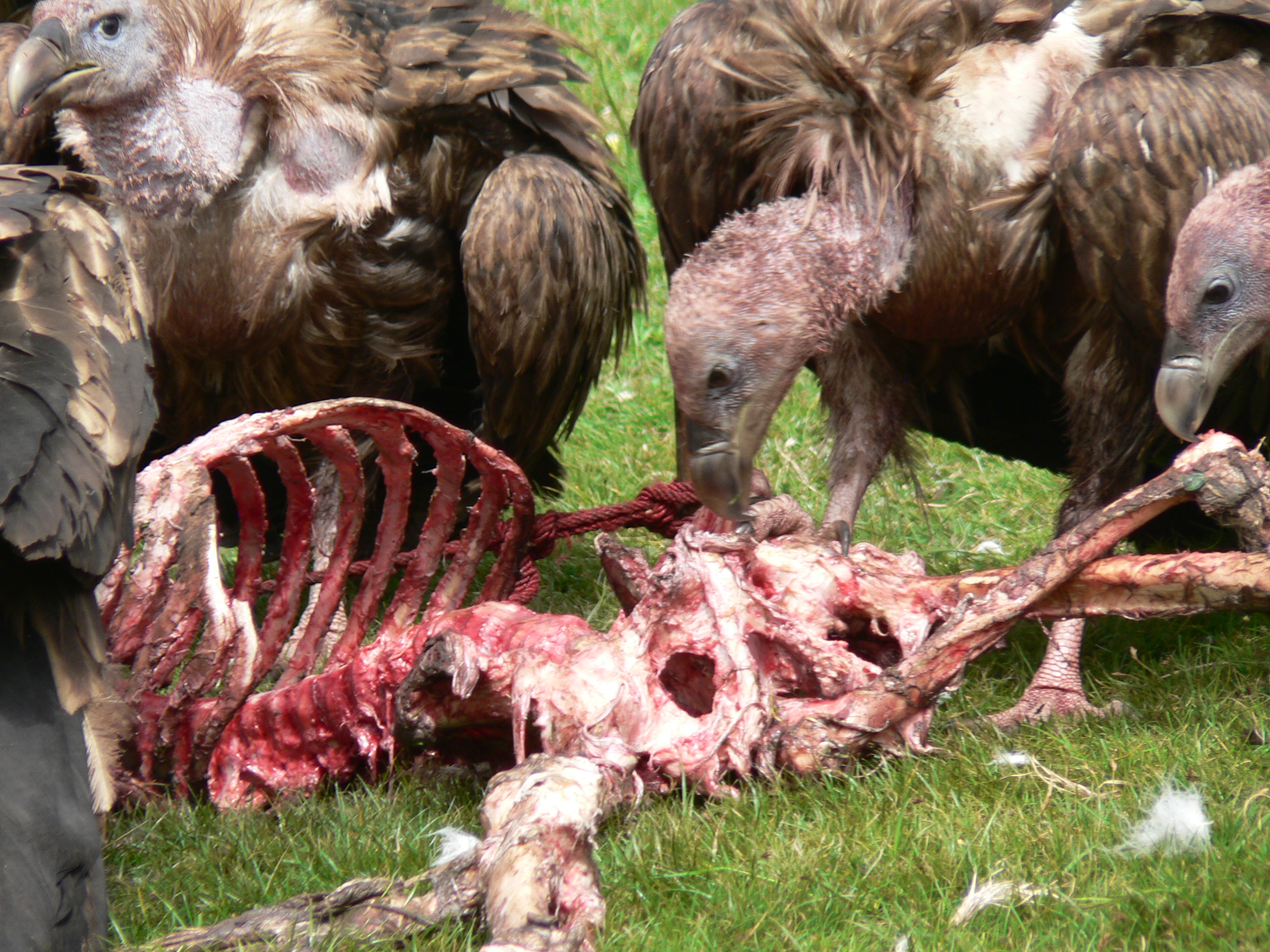
Sky burials in the Himalayas are a spiritual ritual practiced by Tibetan Buddhists. The deceased’s body is offered to vultures, believed to guide the soul to the afterlife. This tradition reflects a deep respect for nature, as the body returns to the earth through the cycle of life. The ritual is conducted at high altitudes, where burial is difficult due to rocky terrain and permafrost. It’s a solemn and sacred process, meant to honor both the dead and the living.
Eagle Hunting in Mongolia
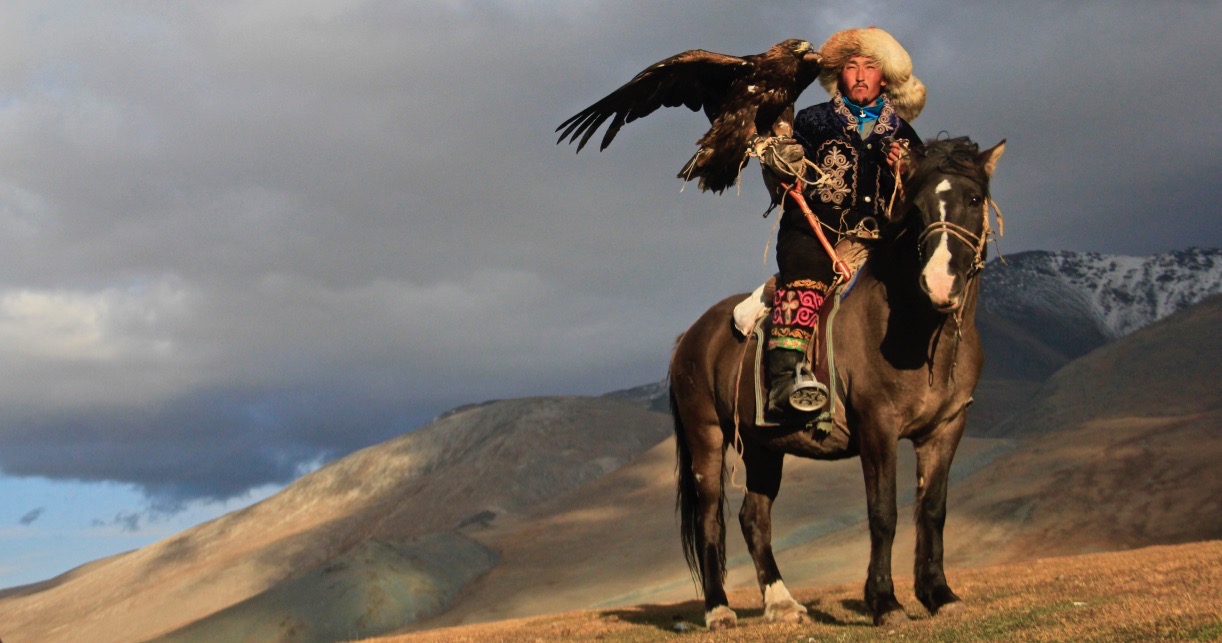
Eagle hunting in Mongolia is a centuries-old tradition practiced by the Kazakh people. Hunters train golden eagles to catch prey in the harsh, mountainous regions. This practice is not only a survival skill but also a symbol of strength and cultural pride. The bond between hunter and eagle is built over years of training and trust. Each winter, the best hunters showcase their skills at the annual Golden Eagle Festival, celebrating this unique relationship.
Yam Festivals in Papua New Guinea Highlands

In the Papua New Guinea Highlands, yam festivals are a significant cultural event. These festivals celebrate the harvest and involve elaborate rituals to honor the ancestors. The size and quality of the yams are seen as a reflection of a family’s status and prosperity. Men compete to grow the largest yams, which are then displayed in colorful ceremonies. The festival strengthens community bonds and maintains traditions passed down for generations.
Whistling Language in La Gomera, Canary Islands

La Gomera, a remote island in the Canary Islands, has preserved a whistling language called Silbo Gomero. This unique form of communication allows messages to be sent across vast distances in the mountainous terrain. It developed as a practical solution for the island’s rugged geography, where sound travels better than words. The whistles mimic the structure of spoken language, allowing complex conversations. Today, it is taught in schools to ensure its survival.
Tibetan Butter Sculpting Competitions
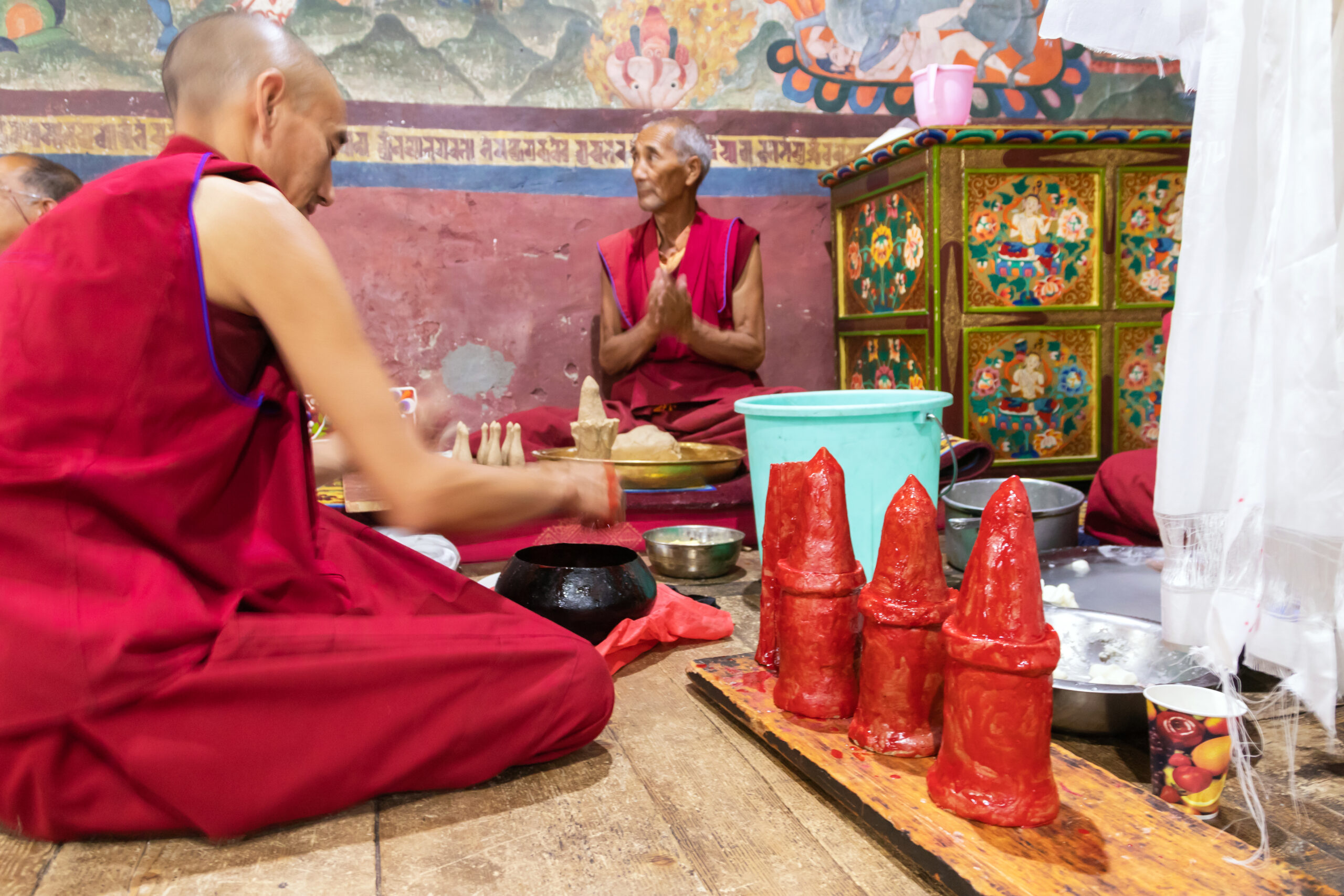
Tibetan butter sculpting is a traditional art form practiced during religious festivals. Monks and artisans use yak butter to create intricate sculptures, often depicting deities or animals. The sculptures are temporary, melting away as offerings to the gods. This delicate craft requires immense skill and patience, with artisans spending hours perfecting each detail. The tradition represents the impermanence of life and the dedication to spiritual devotion.
Mummification Rituals in the Philippines’ Igorot Tribe
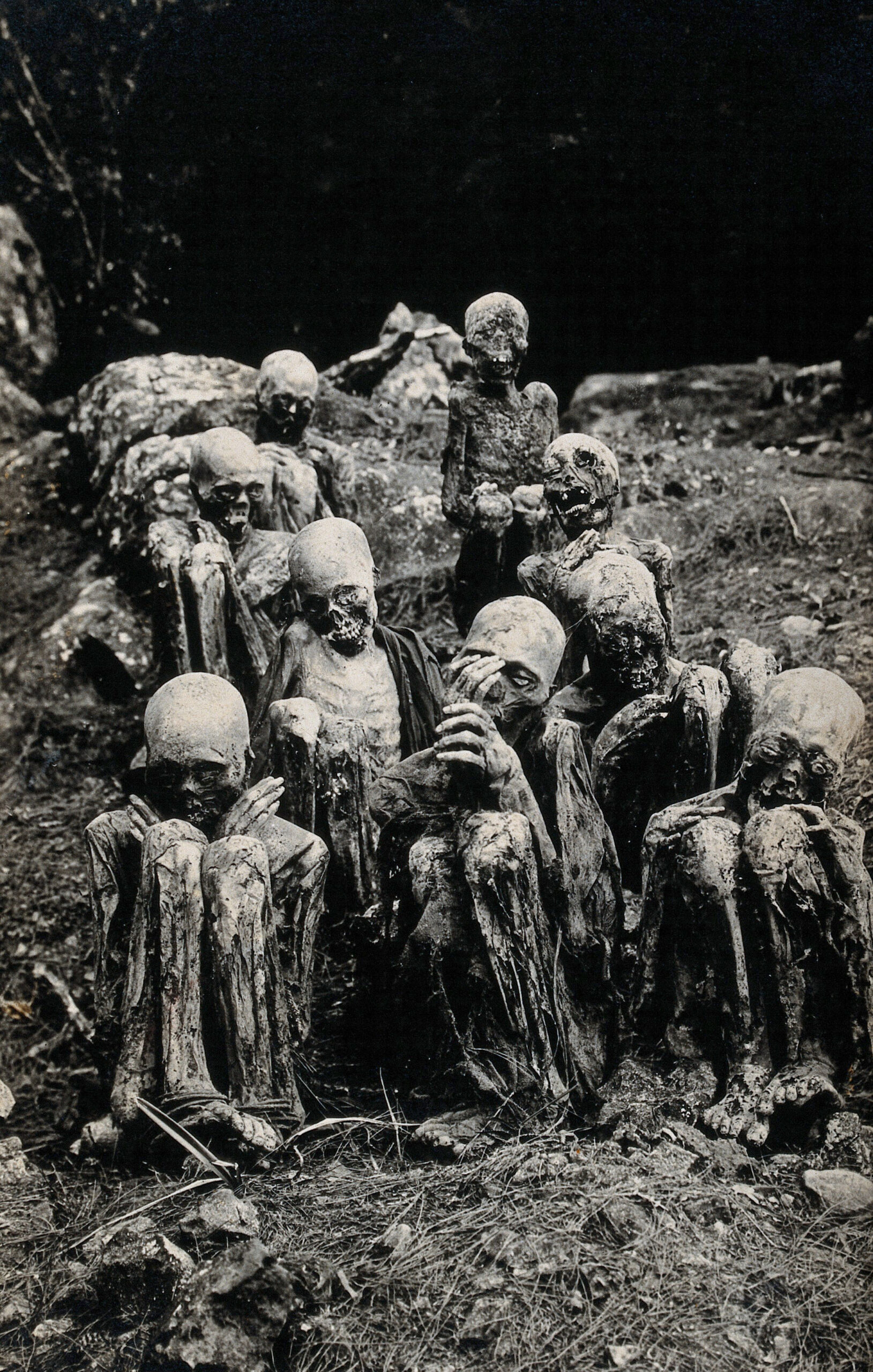
The Igorot tribe in the Philippines has practiced mummification for centuries. The process involves smoking the body to preserve it, a technique unique to this mountain community. Mummies are placed in caves, where they are revered as ancestors who protect the living. The tradition reflects the Igorot’s deep connection to their past and their belief in life after death. Though the practice has largely faded, the mummies remain an important part of the tribe’s cultural heritage.
Hand-Spun Weaving Traditions of Bhutan
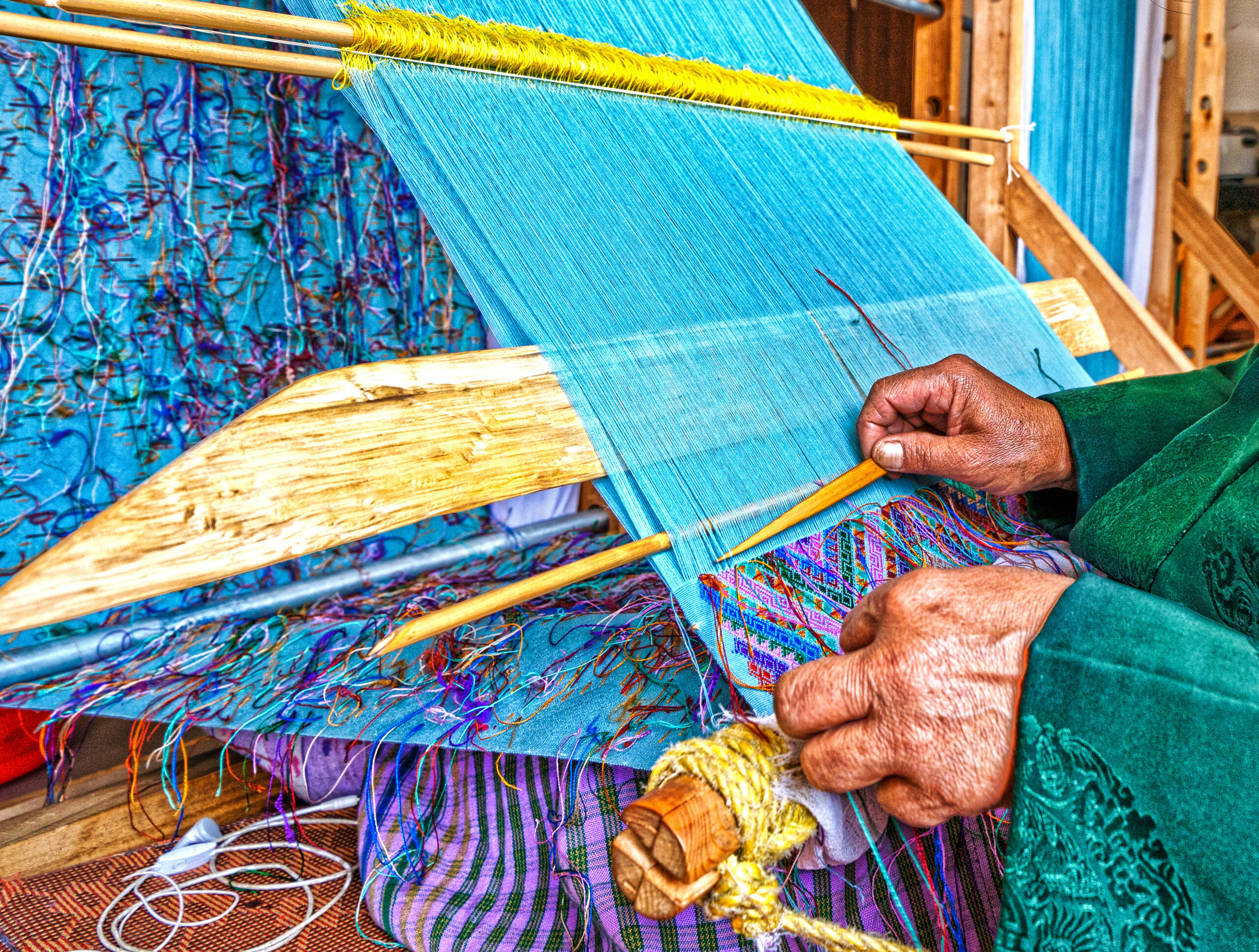
In Bhutan, hand-spun weaving is a vital tradition practiced in remote mountain villages. Women use traditional looms to create intricate textiles made from raw silk and cotton. The fabrics are adorned with vibrant patterns, each representing cultural symbols and local heritage. Weaving is a skill passed down through generations, showcasing the artistry and dedication of Bhutanese women. These textiles hold cultural and economic value, often used in religious ceremonies and local trade.
Teeth Chiseling in Mentawai, Indonesia
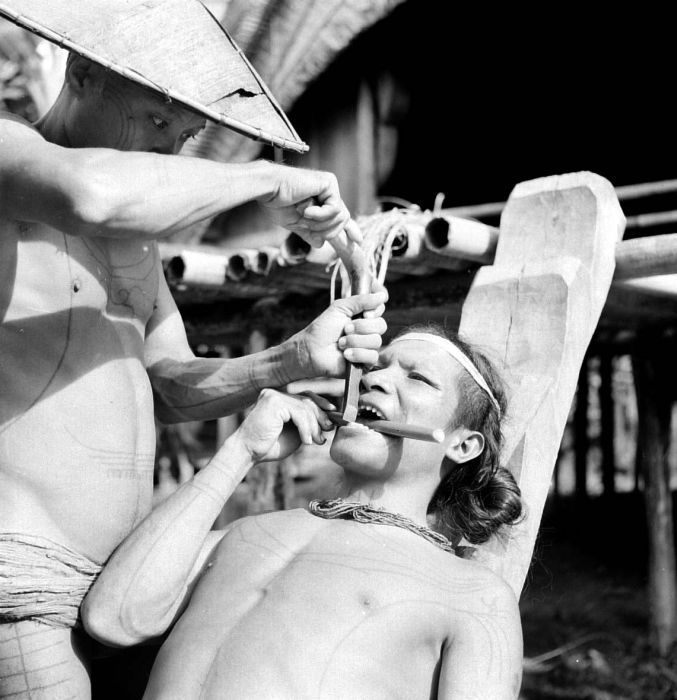
The Mentawai tribe in Indonesia practices teeth chiseling as a rite of beauty and status. Women have their teeth filed down to sharp points, believed to make them more attractive and spiritually strong. The process is painful and performed without modern anesthesia, reflecting the endurance of the participants. This tradition symbolizes a transition into adulthood and is deeply valued within the community. It also strengthens the individual’s connection to tribal identity and heritage.
Mountain Climbing Pilgrimages in Japan

In Japan, mountain climbing pilgrimages are spiritual journeys, often involving sacred peaks like Mount Fuji. Pilgrims believe that reaching the summit brings spiritual enlightenment and purification. The journey is physically demanding, symbolizing the challenges of life and personal growth. Many pilgrims follow ancient paths, which are steeped in religious significance and lined with shrines. These pilgrimages strengthen the bond between humans, nature, and the divine in Japan’s mountainous regions.
Dog-Sledding Ceremonies in Greenland
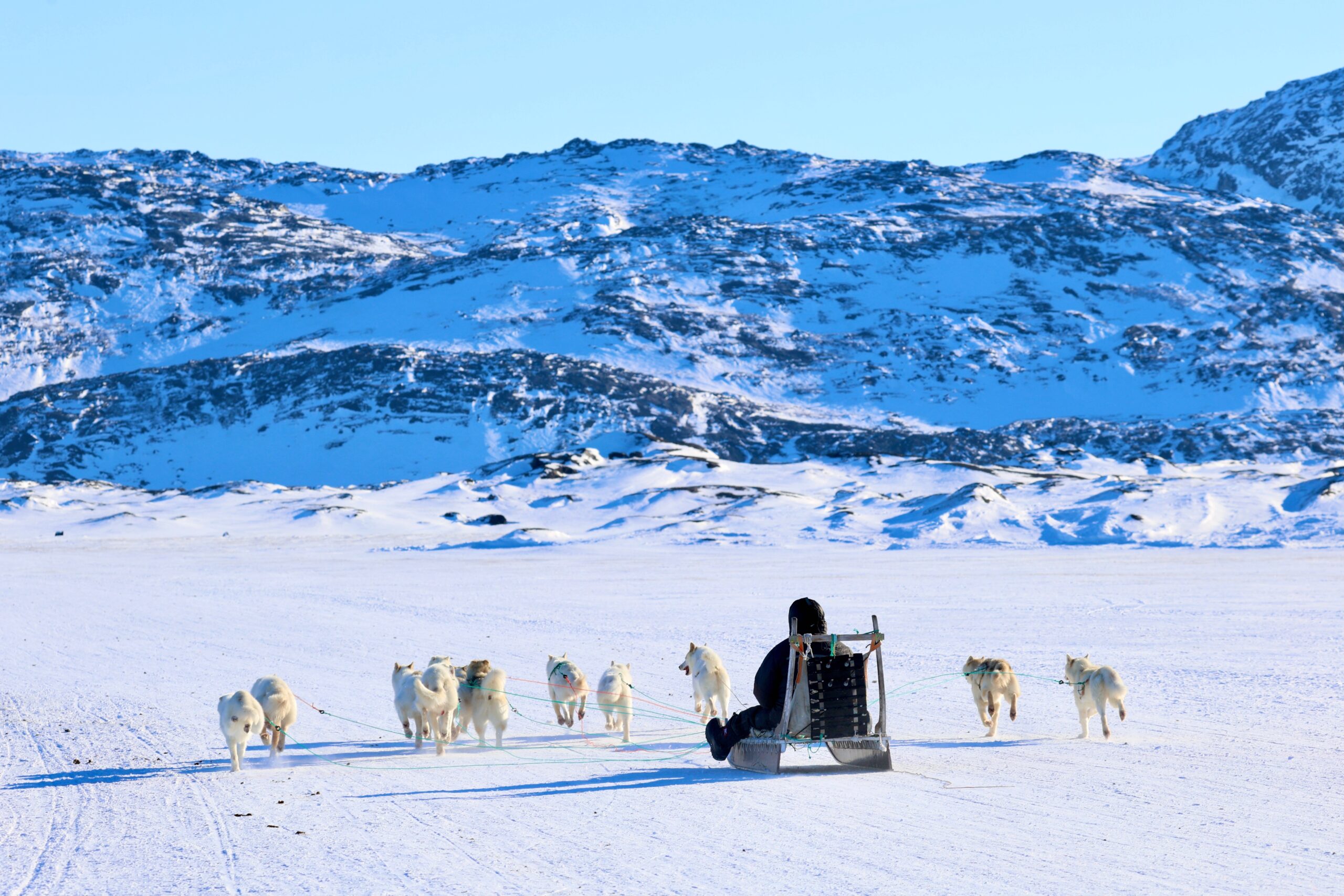
In Greenland, dog-sledding ceremonies are held to celebrate the strong bond between sled dogs and their human companions. These ceremonies often occur during winter festivals, highlighting the importance of dogs in survival and transportation. Sled races and demonstrations showcase the skill and endurance of both dogs and mushers. The ceremonies are a way to honor the vital role dogs play in navigating the harsh, icy terrain of Greenland. It’s a tradition that emphasizes teamwork and respect for the natural world.
This article originally appeared on Rarest.org.
More from Rarest.org
15 Extraordinary Aquatic Creatures Found in Coral Reefs

Coral reefs are home to some of the most extraordinary and unusual creatures in the ocean. These vibrant ecosystems are filled with species that have evolved unique adaptations to survive in their complex environments. Read More.
13 Strange Creatures Found in the Depths of the Amazon Rainforest

The Amazon Rainforest is home to some of the most bizarre and fascinating creatures on the planet. From ones that defy the laws of nature to those that simply seem out of this world, this vast ecosystem shelters a variety of strange animals that have adapted to thrive in unique and often extreme environments. Read More.
10 Unexpected Items That Skyrocketed in Value Over Time

Some items start out as ordinary purchases but unexpectedly gain immense value over time. Whether due to nostalgia, cultural significance, or scarcity, these once-common objects have become prized treasures in collectors’ markets. Read More.
